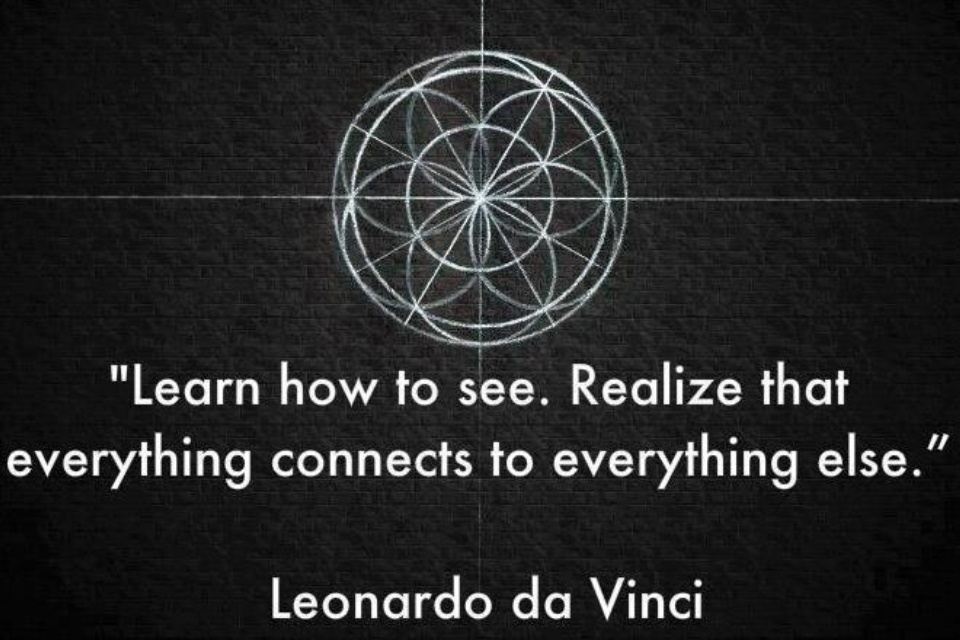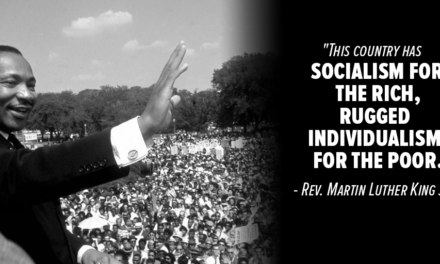What Memphis often seems to lack most is an urban sensibility, that is, a widely understood and deeply engrained and focused understanding of how to create a modern, competitive city.
Without that sensibility, issues are isolated, unconnected, and addressed in a silo rather than within an overarching context of connectivity that defines a city and what’s needed to transform it.
It is within that sensibility that resiliency, multi-modality, human capital, public space, culture, sustainability, and ambition are interwoven and shape which cities succeed, which ones falter, and which ones fail.
The verdict is still out on Memphis, but when graded on the factors listed above, it certainly does not get a grade that breeds optimism.
That’s not to say that there are not pockets of urbanists in Memphis, but they aren’t found in the places where they can have the greatest impact. They certainly aren’t found in a think tank that researches, informs, and inspires strategies that connects the dots that holds all urban issues together.
And, let’s be completely honest, there are people in this country who believe Memphis cannot succeed because it is a majority African American city, county, and soon-to-be MSA.
Silver Bullets Don’t Hit The Target
John Elkington, Beale Street developer and longtime downtown advocate, many years ago said at a Center City Commission meeting that Memphis was always chasing the latest thing – unfortunately it was 10 or 20 years after everyone else. People in the meeting chuckled, perhaps to obscure how his comment hit home.
Truth be told, if Memphis was only 20 years behind the latest thing, that would often be an improvement. Actually, the city regularly seems like it’s trying to compete in the 1960s and 1970s as it searches for magic answers while other cities adopted the urban thinking that would transform their future success.
It’s the focus on silver bullets accompanied Memphis’ decline to the lower rungs of the rankings of economic indicators that matter most – income growth, jobs growth, educational attainment of the workforce, and technology workers.
In the 2021 Best-Performing Cities Index for 200 largest U.S. cities, the Memphis MSA was ranked #166, down 14 spots from last year.
Abandoning Silence
As Memphis economist David Ciscel has written on this blog, it’s not that moving boxes, distribution, and logistics are bad; it’s just that they didn’t need to be the final destination for Memphis but a springboard that transitions to higher valued, higher skilled jobs in a more competitive economy.
A reason for this failure to transition was the lack of an urban sensibility to imagine what Memphis could be rather than just what it was.
It surfaces when we least can afford it. There’s downtown, for example, the common ground for everyone, but where there is a lingering misunderstanding about how downtown drives a city’s success and how we have to assertively and loudly advocate for the factors that realize this potential.
There was too much silence as suburban architecture and design invaded the urban space, and surely we learned the importance of calling for higher ambitions and pursuing a truly urban environment.
It calls on us to shake off the impulse to be safe, passive, polite, or political, because the stakes are too high. The recent example is the silence that greeted the recent debilitating notion that downtown parking should resemble parking in the suburbs and that attacked the importance of a walkable downtown – although Memphis ranks #142 out of the 150 largest cities as one of the eight worst cities to live without a car.
From making cities more efficient to attacking climate change to attracting talented workers, this is a damaging factoid. As someone once said: “If you want to know how to define a ‘real’ city, answer the question: can you live there without a car?”
Becoming A National Leader
Meanwhile, a small anti-downtown minority (some posing as downtown lovers) obsess on things like a few dozen parking spaces on Riverside Drive while most people are intent on shaking off any vestiges of the parochialism that defines too much of public policy.
As Jeff Speck, urban planner, architect and author of best-selling book, Walkable City: How Downtown Can Save America One Step at a Time and “12 Modest Suggestions for Making Memphis Great, said: “A minority of people who speak loudly are pretty effective in overruling majority public opinion in favor of more walkable places.” We can’t allow that to happen here.
Here’s the ultimate questions: on what urban issues is Memphis a thought leader and how do they connect into a functioning urban sensibility?
There are so many issues on which the community could lead national conversations. The first step in that direction is to take an active role, one which gives each of us a better understanding of how our urban center works, what makes them unique, and how they converge to create a complex and special place.
In other words, whether it’s downtown or your neighborhood, it’s not just about loving the place. It’s about taking an active interest and understanding of how the issues there interconnect.
Often, a developer says his project will create jobs or a new building will revitalize a neighborhood or the secret to success is vibrancy alone. It’s the role of urbanists to think beyond the platitudes to think critically about how and if a project or program connects beyond it to other forces that create success. It’s also about engaging different disciplines to predict the effect of the change and to tie it into a matrix so that two plus two equals more than four.
Defining An Urbanist
Scott Bonjukian at The Urbanist wrote:
“At the core, urbanists want more people living in cities, so they support more urban housing of all types. They prioritize walking, biking, and transit, and support a high-quality shared public realm. Parks, nightlife, theaters, transit, and taxis can replace backyards, TV rooms, and private cars. That way we can live well with less stuff, sprawl, and pollution.
“…Urbanists prefer bottom up, granular, and seemingly chaotic innovation to top-down planning and mega-projects. Think the “main street” of neighborhoods with food trucks and lots of little stores, as opposed to tax-subsidized big box stores with legally required massive parking lots, lanes, crosswalks, and plazas instead of public garages and new highways.
“Urbanists believe that mixing people and ideas creates wealth in a city. Why else would people choose to live close to each other. Cities, therefore, should be open to people of every background, ethnicity, race, and class to maximize the potential from our human capital.”
Now What?
It’s not as if we have to start from zero. Already, there are Memphis 3.0, the Climate Action Plan, the Parks Plan, the Transit Vision, the Complete Streets Plan, Memphis 3.0 Small Area Plans, BUILD Downtown Master Plan, Livability 2050 Regional Transportation Plan, Memphis Medical District Master Plan, Mid-South Regional Greenprint, the Edge District Connectivity Plan, and even more.
Memphis has never suffered from too few plans. What’s missing is the connective tissue that ties them into something cohesive that inspires collective action driven by an urban sensibility demanding progress. What’s also missing is innovative leadership that can congeal these plans into a vision that mobilizes Memphis to move aggressively up in the rankings for competitive cities.
There is no reason that this can’t be Memphis’ moment. There are so many ingredients waiting to be activated and maximized. So, now, the question is who will do it?
**
Join us at the Smart City Memphis Facebook page for daily articles, reports, and commentaries that are relevant to Memphis.




